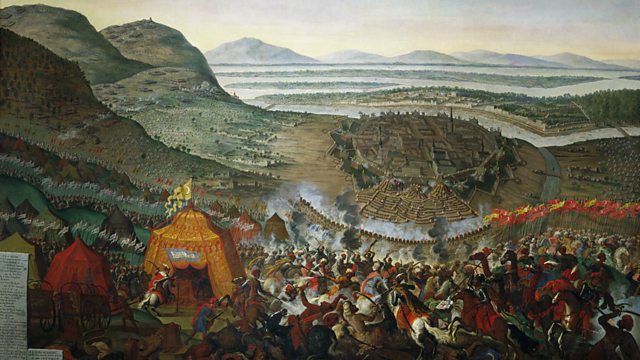

The hussar formation proved effective against Swedish, Muscovite and Ottoman forces, notably at the Battles of Kircholm (1605), Klushino (1610) and Khotyn (1673). The Polish hussar differs greatly from the light, unarmored hussars that developed concurrently outside Poland. Following the reforms of king Stephen Báthory ( r. 1576–1586), the Polish military adopted the unit and transformed it into heavy shock cavalry, with troops recruited from the Polish nobility. The early hussars were light cavalry units of exiled Serbian warriors who came to Poland as mercenaries in the early 16th century from Hungary. The wings were traditionally assembled from the feathers of raptors, and the angel-like frame was fastened onto the armour or saddle. It was customary to maintain a red-and-white colour scheme, and to be girded with tanned animal hide. The hussar dress was ostentatious and comprised plated body armour ( cuirass, spaulders, bevors, and arm bracers) adorned by gold ornaments, a burgonet or lobster-tailed pot helmet and jackboots as well as versatile weaponry such as lances, koncerz, sabres, backswords, pistols, maces, and hatchets.

The hussars ranked as the elite of Polish cavalry until their official disbanding in 1776. Their epithet is derived from large rear wings, which were intended to demoralize the enemy during charge. The Polish hussars ( / h ə ˈ z ɑːr s/ Polish: husaria ), alternatively known as the winged hussars, were a heavy cavalry formation active in Poland and in the Polish–Lithuanian Commonwealth from 1503 to 1702.


 0 kommentar(er)
0 kommentar(er)
